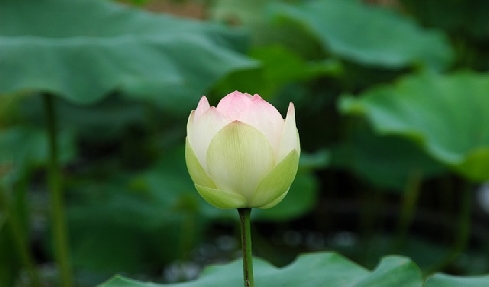As in any practice, we must first know its underlying concept. It is only after full apprehension of the concept that practice can proceed. Without right understanding, our practice is blind. Without practice, right understanding is also useless. Hence, one complements the other; each is indispensable. We can eradicate our afflictions and attain liberation only with the perfect union of the two. Accordingly, before we discuss the actual practice of the Three Dharma Seals, we must also know its concept.
~Depicted from THE FOUR SEALS OF DHARMA - SUMMATION











